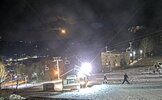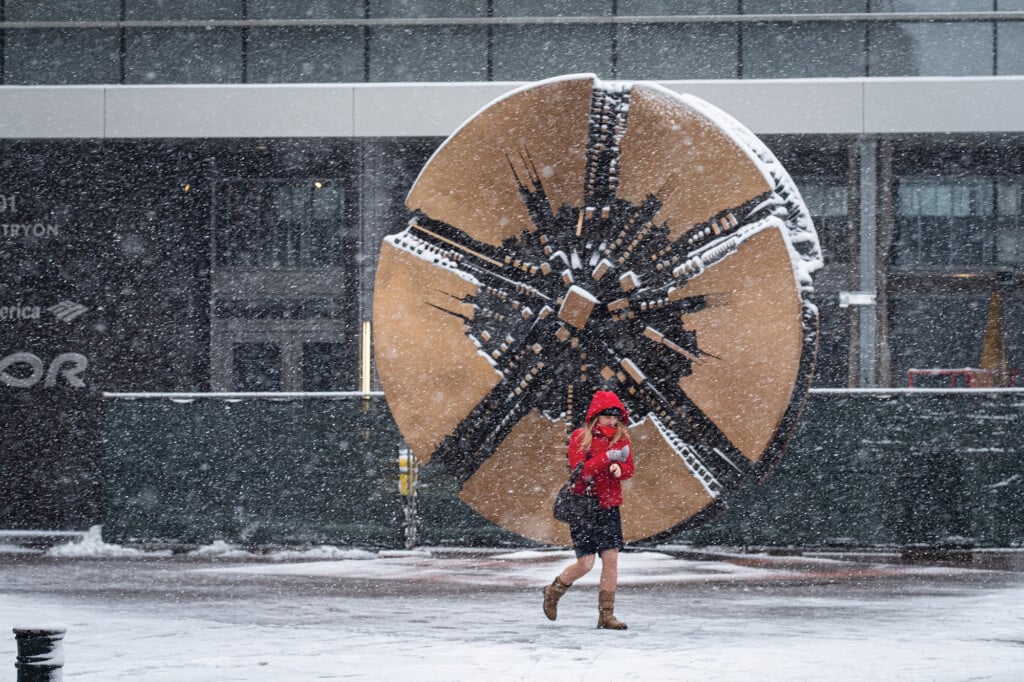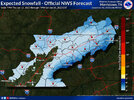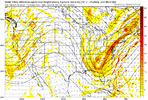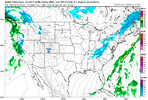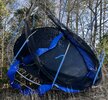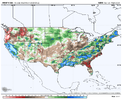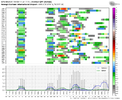JHS
Member
I agree with that. We have been lucky since 2005 with ice but I can see that coming to an end. I had rather have sleet than ice any day.to me we have about a 7-10 day timeframe here. Maybe 14 if we can get lucky with the mechanics. I think we have a good chance to score here, especially along and west of the Mississippi and the CAD regions, but I fear specifically for us in the western Carolina’s that it will be ice. Miller A’s just don’t happen anymore. We almost always rely on overrunning or Miller B’s and that tends to be ice or luckily some front end FGEN driven stuff. Or getting an ULL to track perfectly for us for snow. Who knows, I have faith we will get something, just worried it’s going to come in the form of sleet and ZR.

